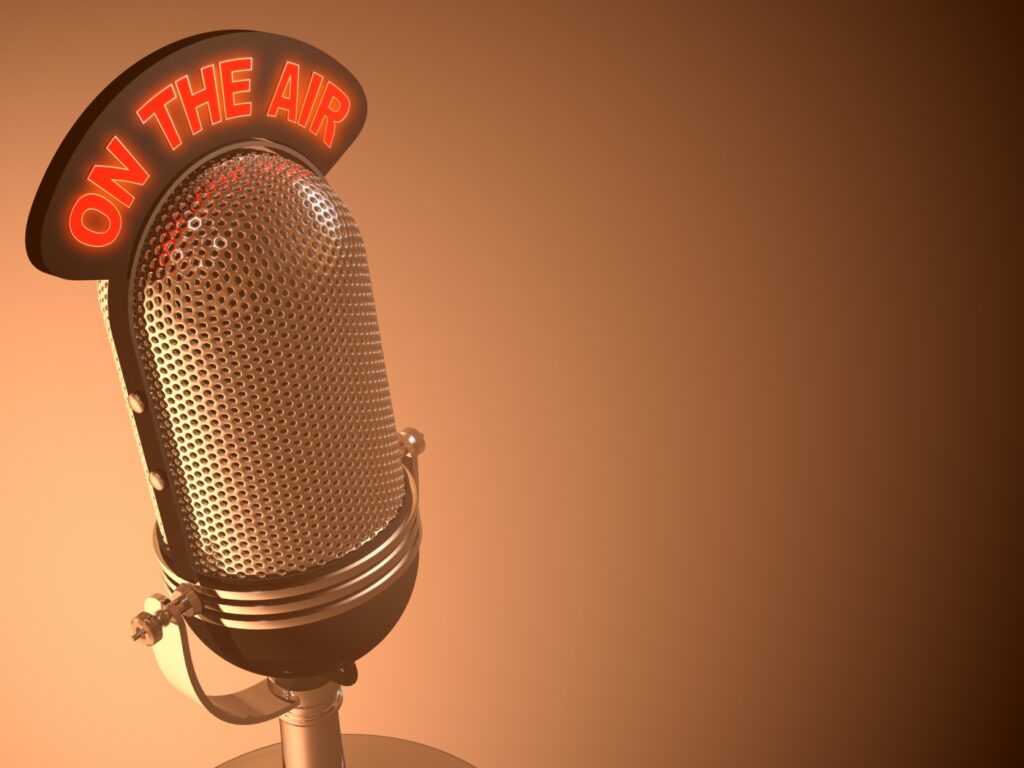
A radio show about guns? In Southern California? And Los Angeles, no less?
Yep, it’s “The Gunslinger Hour” and has been heard on KABC (790 AM) Saturdays at 8 a.m. Effective immediately, the show is transitioning to KRLA (870 AM) Sundays at 8 p.m. Currently, the program, which started in 2019, is airing separate editions for both stations, but the final KABC show will air July 30. After that, it will be exclusively heard on KRLA.
The program is hosted by Jeff Taverner, owner of Gunslingers Gun Shop and Gunslinger Auctions in Glendora; co-host Mark Romano is a political science college professor. Both are expert shooters; in fact, both are Cowboy Action Shooting Champions.
The shop opened almost 25 years ago as a way for Taverner to make some money selling part of his own personal collection. He is very proud of the fact that he made a sale on his very first day open, back on June 1st, 1998. “Unfortunately, the sale was denied” from the background checks, he says. “But it was a sale!”
The program evolved out of his own advertising. He created an ad to air on KEIB (1150 AM) that he purposely made a bit quirky and different to stand out, voiced by himself. It worked, both as an advertisement and a side career as a talk host: the ad was heard by someone at KABC, who suggested he start his own show.
For the first month, they made him pre-record the program, but he wanted to go live and convinced KABC to let him do so. Since that time, he has been able to take listener phone calls along with presenting information and interviews in order to help people learn about such things as firearms history, safety, collecting, purchasing and doing the paperwork.
“I try to make the show as lively and fun as I can,” says Taverner. “I hope to reach people on the fence and help them realize that they don’t need to be scared, that it’s actually fun to go shooting at ranges and competitions.”
No politics allowed, though. “This is not a political show by any means,” he insists. “That would take the fun out of it.”
Taverner is more than firearms. In addition to being what Brian Tominaga – one of his listeners who told me of the show – described as “a walking encyclopedia of guns and firearms history,” he is also a collector of cars, a collector of guitars, and a musician who toured with his band around the world, later booking acts for some of the clubs in Hollywood.
It’s only an hour, but it is a fun little show. The reason for the station switch I’m told is for the new timeslot. Past recordings of it are on the KRLA and KABC websites (870theanswer.com and abc.com, respectively), as well as gunslingerradio.com.
High Fidelity Broadcasting
Ask almost anyone under the age of 50 if AM radio sounds good – if they even know what AM is – and the likely answer will be “no.” Indeed, even one of the inventors of AM – Amplitude Modulation – radio, Edwin Howard Armstrong, so hated the sound of AM that he went out and invented an entirely new broadcasting method: Frequency Modulation, or FM.
But what most people don’t understand is that it is not the fidelity, per se, that caused Armstrong to head back to the lab. It was interference. Lightning, for example, makes AM broadcasts crackle. The problem with fidelity is entirely different, though very much related: In an effort to reduce interference from the atmosphere, man-made sources and adjacent stations, radio manufacturers long ago decided to limit the fidelity of most AM receivers by reducing the audio bandwidth, or the range of sounds heard, to little better than the sound of a telephone.
It wasn’t always that way. Back in 1959, WLW/New York installed a new transmitter and built new studios, the combination of which allowed them to broadcast from as low as 17 Hz to as high as 21,500 Hz – better than typical adult human hearing. For comparison, analog stereo FM broadcasts from 20 to 15,000 Hz.
Station management began calling WLW “the nation’s highest-fidelity station” when the station debuted its new facilities in January 1959. R. J. Rockwell, vice president of WLW engineering at the time told Broadcasting Magazine, “There seems to be a prevailing misconception that AM stations are limited in their permissible bandwidth … (we’ve proven that) high fidelity transmission can be accomplished in the AM band.”
Unfortunately, Rockwell and his associates couldn’t do anything thing about interference, which is the AM band’s kryptonite. Modern technology can fix some of it, but crackles and static will always be a problem. So what is the future of AM? Opinions vary, and I have my own ideas. Stay tuned …
Related Articles
‘Dark Secret Place’ radio host Bryan Suits left Southern California. But you can still hear him.
How investigating unsolved crimes developed into a radio show
Audible’s ‘Punk in Translation: Latinx Origins’ podcast explores unsung musical pioneers
What will happen to radio station KROQ following its latest change?
